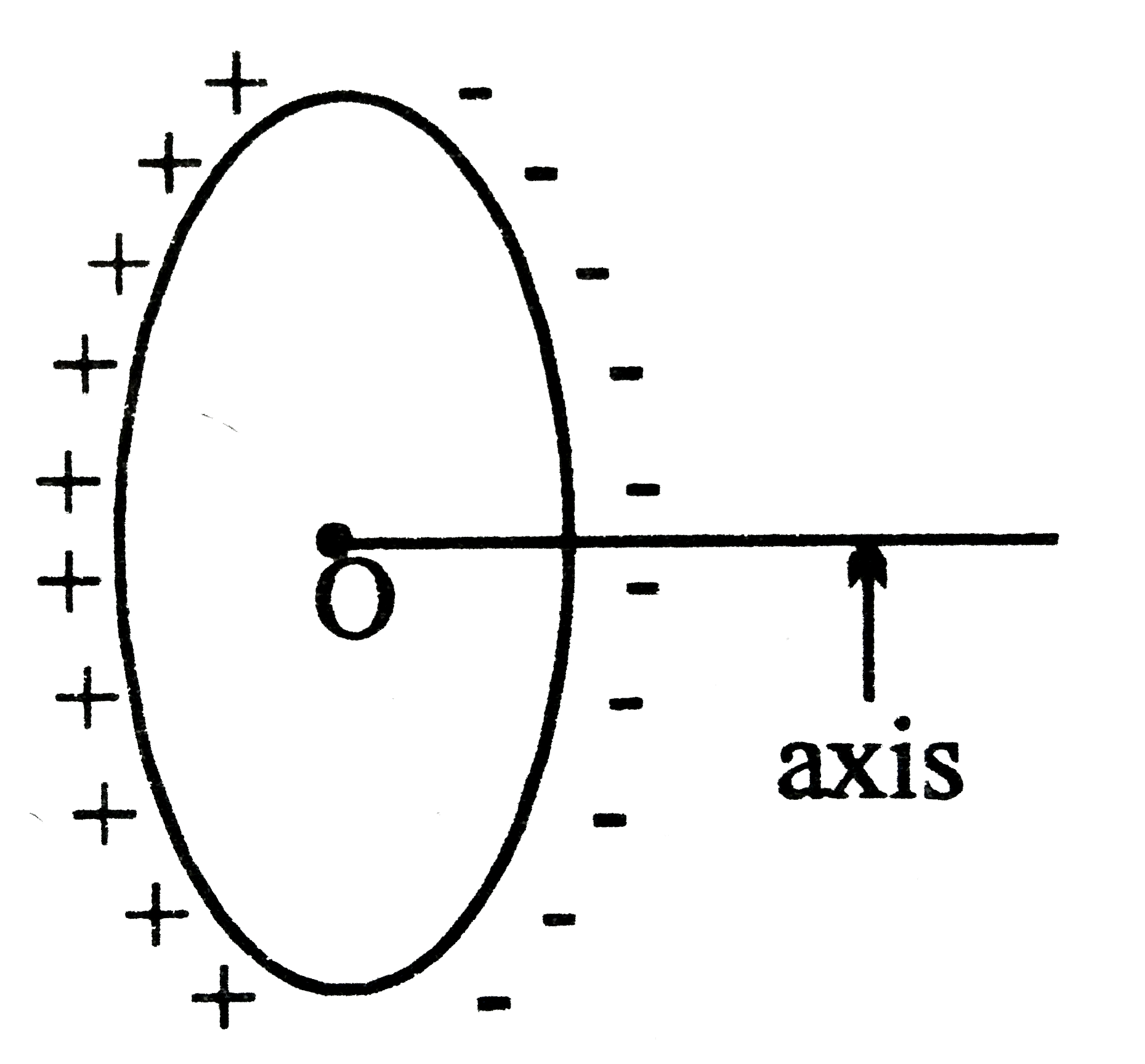How much positive and negative charge is there in a cup of water ?
To determine the amount of positive and negative charge in a cup of water, we will follow these steps:
Step 1: Determine the mass of water in the cup
Assume the mass of 1 cup of water is approximately 250 grams.
Step 2: Calculate the molecular mass of water (H2O)
The molecular mass of water can be calculated as follows:
- Hydrogen (H) has a mass of approximately 1 g/mol, and there are 2 hydrogen atoms in water.
- Oxygen (O) has a mass of approximately 16 g/mol, and there is 1 oxygen atom in water.
Thus, the molecular mass of water (H2O) is:
Molecular mass of H2O=(2×1)+(1×16)=2+16=18 g/mol
Step 3: Calculate the number of moles of water in the cup
Using the mass of water and its molecular mass, we can find the number of moles:
Number of moles=mass of watermolecular mass=250 g18 g/mol≈13.89 moles
Step 4: Calculate the number of molecules in the cup of water
Using Avogadro's number (6.02×1023 molecules/mol), we can find the total number of molecules:
Number of molecules=Number of moles×Avogadro's number
Number of molecules=13.89 moles×6.02×1023 molecules/mol≈8.36×1024 molecules
Step 5: Determine the number of protons and electrons in water
Each water molecule (H2O) contains:
- 2 hydrogen atoms, each contributing 1 proton (2 protons total)
- 1 oxygen atom, contributing 8 protons
Thus, each water molecule has:
Total protons=2+8=10 protons
Since water is neutral, the number of electrons is also 10 per molecule.
Step 6: Calculate the total number of protons and electrons in the cup of water
The total number of protons (and electrons) in the cup of water can be calculated as:
Total protons/electrons=Number of molecules×Protons per molecule
Total protons/electrons=8.36×1024 molecules×10≈8.36×1025
Step 7: Calculate the total charge
The charge of a single proton is equal in magnitude but opposite in sign to that of an electron, which is approximately 1.6×10−19 Coulombs. Therefore, the total positive charge (from protons) and total negative charge (from electrons) can be calculated as:
Total charge=Total protons×Charge of a proton
Total charge=8.36×1025×1.6×10−19≈1.34×107 Coulombs
Final Answer
The total positive and negative charge in a cup of water is approximately 1.34×107 Coulombs.
---
Assume the mass of 1 cup of water is approximately 250 grams.
The molecular mass of water can be calculated as follows:
- Hydrogen (H) has a mass of approximately 1 g/mol, and there are 2 hydrogen atoms in water.
- Oxygen (O) has a mass of approximately 16 g/mol, and there is 1 oxygen atom in water.
Molecular mass of H2O=(2×1)+(1×16)=2+16=18 g/mol
Using the mass of water and its molecular mass, we can find the number of moles:
Number of moles=mass of watermolecular mass=250 g18 g/mol≈13.89 moles
Using Avogadro's number (6.02×1023 molecules/mol), we can find the total number of molecules:
Number of molecules=Number of moles×Avogadro's number
Number of molecules=13.89 moles×6.02×1023 molecules/mol≈8.36×1024 molecules
Each water molecule (H2O) contains:
- 2 hydrogen atoms, each contributing 1 proton (2 protons total)
- 1 oxygen atom, contributing 8 protons
Total protons=2+8=10 protons
Since water is neutral, the number of electrons is also 10 per molecule.
The total number of protons (and electrons) in the cup of water can be calculated as:
Total protons/electrons=Number of molecules×Protons per molecule
Total protons/electrons=8.36×1024 molecules×10≈8.36×1025
The charge of a single proton is equal in magnitude but opposite in sign to that of an electron, which is approximately 1.6×10−19 Coulombs. Therefore, the total positive charge (from protons) and total negative charge (from electrons) can be calculated as:
Total charge=Total protons×Charge of a proton
Total charge=8.36×1025×1.6×10−19≈1.34×107 Coulombs
The total positive and negative charge in a cup of water is approximately 1.34×107 Coulombs.
Topper's Solved these Questions
- BOOK - NCERT ENGLISHCHAPTER - ELECTRIC CHARGES AND FIELDSEXERCISE - Exercise34videos
ELECTRIC CHARGES AND FIELDS
- BOOK - NCERT ENGLISHCHAPTER - DUAL NATURE OF RADIATION AND MATTEREXERCISE - All Questions32videos
DUAL NATURE OF RADIATION AND MATTER
- BOOK - NCERT ENGLISHCHAPTER - ELECTROMAGNETIC INDUCTIONEXERCISE - Exercise17videos
ELECTROMAGNETIC INDUCTION
Similar Questions
Knowledge Check
- Question 1 - Select One
Assertion. Dielectric polarization means formation of positive and negative charges inside the dielectric.
Reason. Free electrons are formed in this process.AIf both assertion and reason are ture and reason is the correct explanation of assertion.BIf both assertin and reason are ture but reason is not the correct explanation of assertion .CIf assertion is true but reason is false.DIf both assertion and reason are false. - Question 2 - Select One
There are two types of electric charges positive charges and negative charges. The property which differentiates the two types of charges is
Afield of chargeBamount of chargeCstrength of chargeDpolarity of charge - Question 3 - Select One
A cup contains 250 g of water. Find the total positive charge present in the cup of water.
A1.34×1019CB1.34×107CC2.43×1019CD2.43×107C
An action potential in the nerve fibre is produced when positive and negative charges on the outside and the inside of the axon membrane are reversed, because
View SolutionA positive charge and a negative charge are initially at rest. If same electric field is applied on them.
View SolutionMany organic substances are negatively charged e.g.,acetic acid, while others are positively charged e.g., ammonium ion. An amino acid under certain conditions would have both positive and negative charges simultaneously in the same molecule. Such a form of amino acid is called
View SolutionThe figure shows a nonconducting ring which has positive and negative charge non uniformly distributed on it such that the total charge is zero. Which of the following statements is true ?
 .View Solution
.View SolutionEstimate the number of electrons in 100 g water. How much is the total negative charge on these electrons?
View Solution

